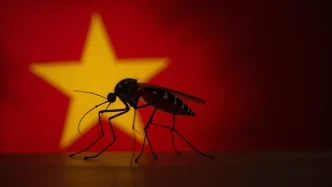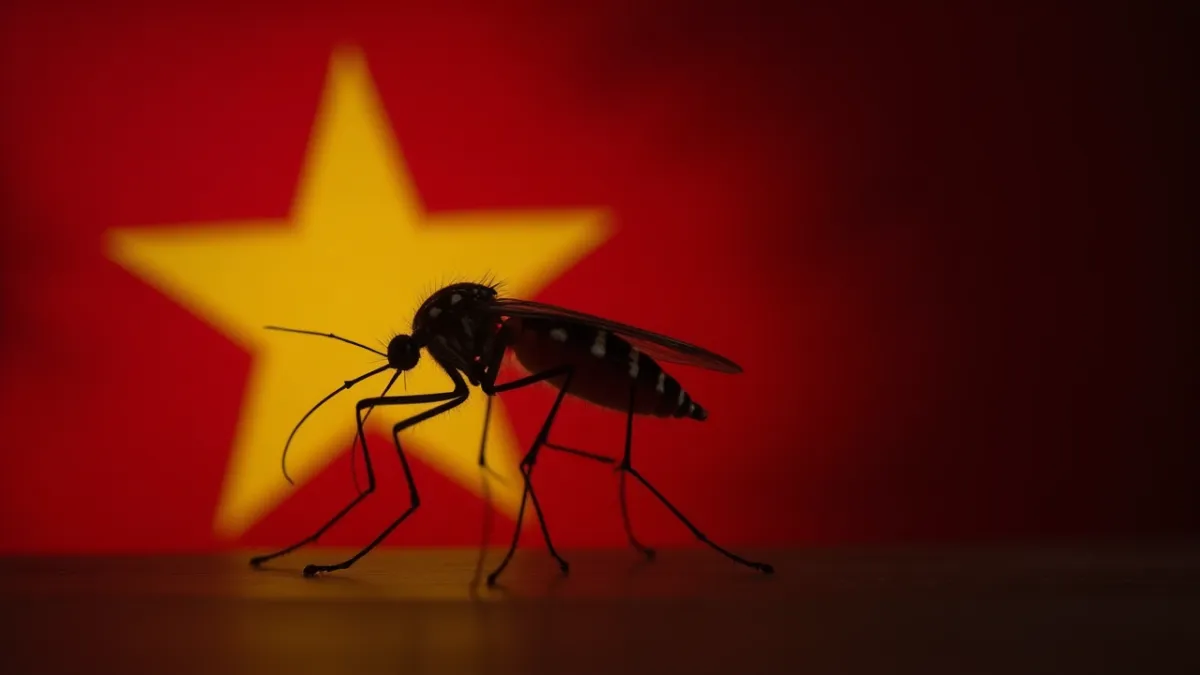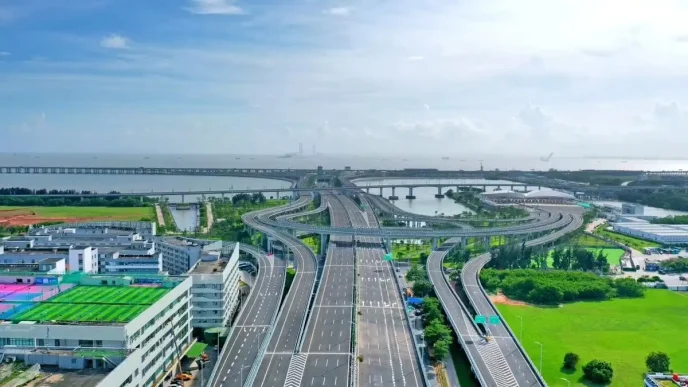As the summer travel season peaks, Vietnam finds itself on edge with a growing threat of the mosquito-borne Chikungunya virus creeping closer to its borders. The Ministry of Health has issued a stark warning about the heightened risk of the virus entering the country, driven by major outbreaks in neighboring regions and beyond. With no local cases reported yet, the nation is racing to bolster its defenses against a disease that causes debilitating fever and joint pain, and is transmitted by the same mosquitoes responsible for dengue and Zika.
A Regional and Global Surge
The Chikungunya virus, primarily spread by Aedes aegypti and Aedes albopictus mosquitoes, has seen a dramatic resurgence in 2025. The World Health Organization (WHO) raised the alarm on July 22, pointing to rapid outbreaks on Indian Ocean islands like La Réunion and Mayotte, with the virus now extending its reach into parts of Africa, South Asia, and even Europe. Closer to Vietnam, China’s Guangdong Province has reported an unprecedented 4,800 cases in the first half of this year, marking the largest outbreak ever recorded in the region. Meanwhile, Singapore has seen a doubling of cases compared to last year, with 17 infections reported in 2025, most linked to travel from affected areas.
Though often mild, Chikungunya can be severe for vulnerable groups such as adults and newborns, with symptoms including high fever and intense joint pain that can persist for weeks or even months. Fatalities are rare, but the potential for rapid spread in tropical climates like Vietnam’s—where Aedes mosquitoes thrive during the rainy season—has health officials on high alert. The country is currently in its peak mosquito season, with high densities of these vectors reported across many localities, amplifying the risk of an outbreak if the virus gains a foothold.
Heightened Risks Amid Travel and Climate
Vietnam’s vulnerability is compounded by increased domestic and international travel during the summer months, a time when families reunite and tourists flock to the region. The movement of people from outbreak zones poses a significant risk of importing the virus, which could spread quickly in densely populated urban areas like Hanoi and Ho Chi Minh City. The overlap of Chikungunya’s vectors with those of dengue fever, already a persistent public health challenge in Vietnam, further complicates the situation, as control measures must tackle multiple diseases simultaneously.
The Ministry of Health has responded with urgency, ordering enhanced surveillance at border checkpoints, tourist hotspots, and community healthcare facilities. Special attention is being paid to travelers arriving from affected regions, with officials instructed to monitor for signs of the virus. Local authorities have also been directed to intensify mosquito-control efforts, focusing on eliminating breeding sites such as standing water and discarded containers, while ramping up public awareness campaigns in parallel with ongoing dengue prevention initiatives.
Preparedness and Public Guidance
In a bid to stay ahead of a potential outbreak, the ministry is collaborating with international bodies like WHO and the US Centers for Disease Control and Prevention, as well as domestic experts, to assess risks and refine response strategies. Medical staff across the country are receiving updated training and guidance to recognize and manage Chikungunya cases, while supplies of medicines, diagnostic kits, and emergency resources are being stockpiled to ensure readiness.
For the public, the ministry has issued clear advice aimed at prevention and early detection. Travelers returning from countries with reported outbreaks are urged to monitor their health for 12 days after arrival, seeking immediate medical attention if they experience sudden high fever, joint pain, or rashes—hallmark symptoms of Chikungunya. Households are encouraged to take proactive steps, such as covering water containers, clearing potential breeding sites weekly, wearing protective clothing, and using mosquito nets even during daytime naps. Cooperation with insecticide spraying campaigns, often visible in communities as healthcare workers target mosquito hotspots, is also strongly advised.
For those planning trips to affected areas, the ministry emphasizes the importance of precautions to avoid mosquito bites, such as using repellents and wearing long-sleeved clothing. Upon return, travelers are encouraged to report any symptoms to health authorities promptly, helping to curb the risk of local transmission.
A Broader Public Health Challenge
The threat of Chikungunya adds to an already complex public health landscape in Vietnam, where dengue fever remains a significant concern. The shared vectors mean that strategies to combat one disease can often benefit efforts against the other, but they also strain resources and demand heightened coordination. Public awareness campaigns are being designed to address both threats, educating communities on the importance of eliminating mosquito breeding grounds and protecting themselves from bites.
Environmental factors, including urbanization and climate change, further exacerbate the challenge. Rapid urban growth in cities like Hanoi has led to increased waste and water accumulation, creating ideal conditions for Aedes mosquitoes to thrive. Warmer temperatures and prolonged rainy seasons also extend the breeding period for these vectors, making year-round vigilance essential. Health experts warn that without sustained efforts, Vietnam could face overlapping outbreaks of mosquito-borne diseases, putting additional pressure on its healthcare system.
Lessons from Regional Outbreaks
The experiences of neighboring regions offer valuable lessons for Vietnam as it braces for the potential arrival of Chikungunya. In Guangdong, China, the unprecedented scale of the outbreak has underscored the importance of early detection and rapid response. Health authorities there have struggled to contain the virus in densely populated areas, highlighting the challenges of managing mosquito-borne diseases in urban settings—a scenario Vietnam is keen to avoid. Singapore’s cases, though fewer in number, demonstrate the risks associated with international travel, as most infections were traced to individuals returning from outbreak zones.
These regional examples have informed Vietnam’s multi-pronged approach, which combines border surveillance, community engagement, and healthcare preparedness. By focusing on prevention and early intervention, the country aims to mitigate the impact of Chikungunya should it cross its borders. The ministry’s proactive stance reflects a broader commitment to safeguarding public health in the face of emerging infectious diseases, a priority that has gained renewed focus in the wake of past global health crises.
Community Resilience and Collective Action
At the heart of Vietnam’s response is a call for collective action, with communities playing a critical role in curbing the spread of mosquito-borne diseases. From rural villages to bustling urban centers, residents are being urged to take ownership of their surroundings, ensuring that water containers are covered and potential breeding sites are eliminated. Public health campaigns are emphasizing the shared responsibility of protecting vulnerable populations, including the elderly and young children, who face greater risks from diseases like Chikungunya.
In Hanoi, where mosquito densities are particularly high during the rainy season, local authorities are working closely with neighborhood committees to implement control measures. Insecticide spraying campaigns, often carried out by healthcare workers in protective gear, have become a common sight in residential areas. These efforts, while disruptive at times, are seen as a necessary step to prevent outbreaks, with residents encouraged to allow access to their homes and cooperate fully with health teams.
Looking Ahead: A Race Against Time
As Vietnam strengthens its defenses against Chikungunya, the road ahead remains uncertain. The virus’s rapid spread across the region serves as a sobering reminder of the challenges posed by mosquito-borne diseases in an interconnected world. With travel and trade linking countries more closely than ever, the risk of imported cases looms large, demanding constant vigilance and robust public health measures.
The Ministry of Health’s proactive steps, from enhanced surveillance to public education, offer a foundation for resilience, but success will depend on sustained effort and community cooperation. As the peak mosquito season continues, the question remains: can Vietnam stay one step ahead of this emerging threat, or will Chikungunya find a way to breach its borders? Only time will tell, but for now, the nation stands united in its determination to protect its people from yet another health challenge.













